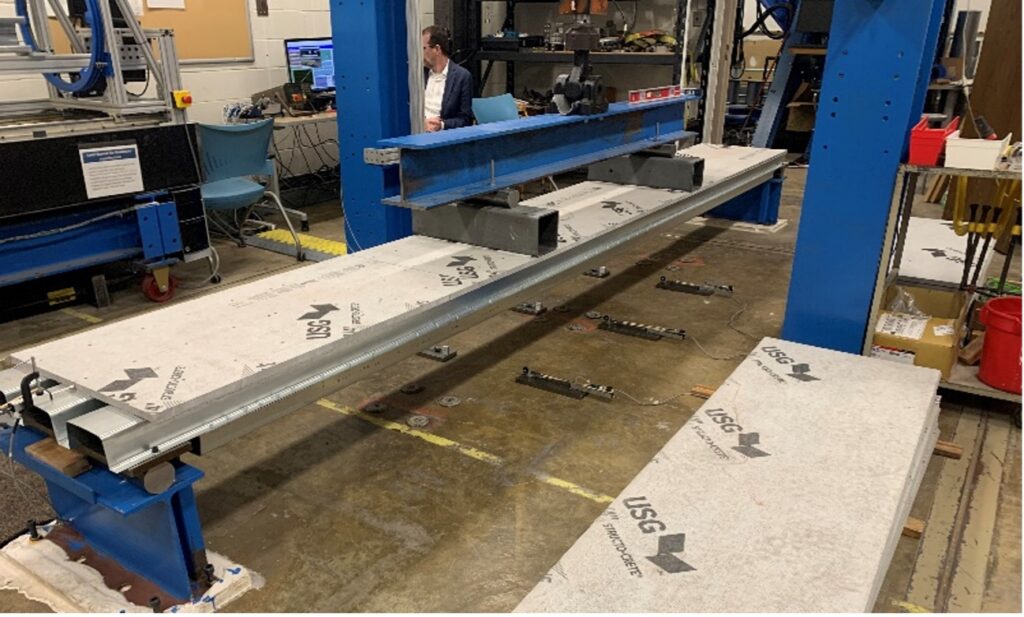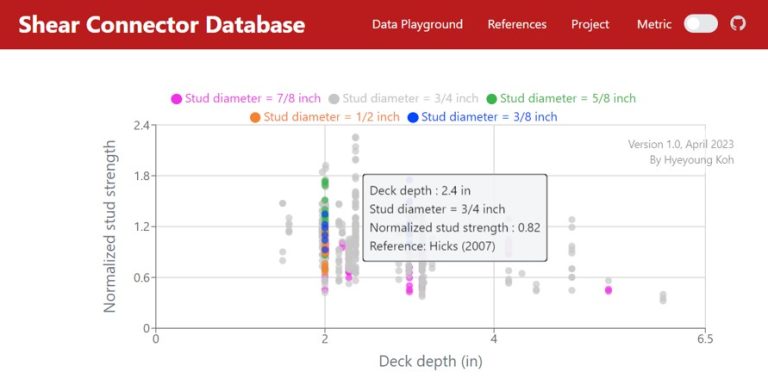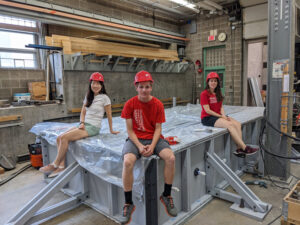CURRENT STEEL DECK RESEARCH
Forging New Frontiers in Steel Deck
Innovating through collaborative and cutting-edge advancements, efficiency, and sustainability in building design and setting new standards for excellence in the industry.
Current Research Projects Underway
The Cold-Formed Steel Research Consortium, along with steel industry partners including the SDI, is leading a collaborative industry-government-academic initiative to develop and implement a code-approved method that accurately considers and optimizes system behavior in steel design.
The Steel Diaphragm Innovation Initiative (SDII) is a collaborative initiative committed to driving innovation in steel building systems. Established in 2015 to tackle challenges in concrete-filled and bare steel deck diaphragm systems, the first phase of SDII concluded in 2021. In its expanded Phase II, starting in 2022, SDII broadened its scope to encompass innovation in steel building systems, with a particular emphasis on enhancing the performance of steel floor systems.
The FastFloor Residential project aims to develop a lightweight, fast-to-construct, and nonproprietary floor system. Physical tests were conducted to study the behavior, failure modes, strength, and stiffness of the composite floor system formed by the unique combination of the cellular deck system, consisting of back-to-back 18-gauge 3 in. deep sections, and a cementitious panel topping.

This study involves a data-driven analysis of published test data to develop a performance-based design methodology for shear connectors.

The investigation aims to enhance our understanding of the inelastic behavior of roof diaphragms, specifically focusing on the weld connections between the deck and the structure.
Structural engineers require a comprehensive understanding of live loads, particularly for floor loads in different occupancies like offices and residences. While numerous studies have addressed live loads in these areas, information on live loads for industrial building roofs is scarce. This article compares current U.S. standards for roof live loads with those used internationally and emphasizes the importance of regularly updating our understanding of live loads to ensure accurate design assessments. The article also presents a survey methodology and probabilistic studies to fill the gap in literature regarding design live load values for roofs, examining the sensitivity of existing models to mean, variance, and time duration.
Steel systems that are Reliable, Robust, and Responsible. The three R’s combined are greater than the sum of the individual parts. All components are interconnected and necessary for the next generation of steel infrastructure.

